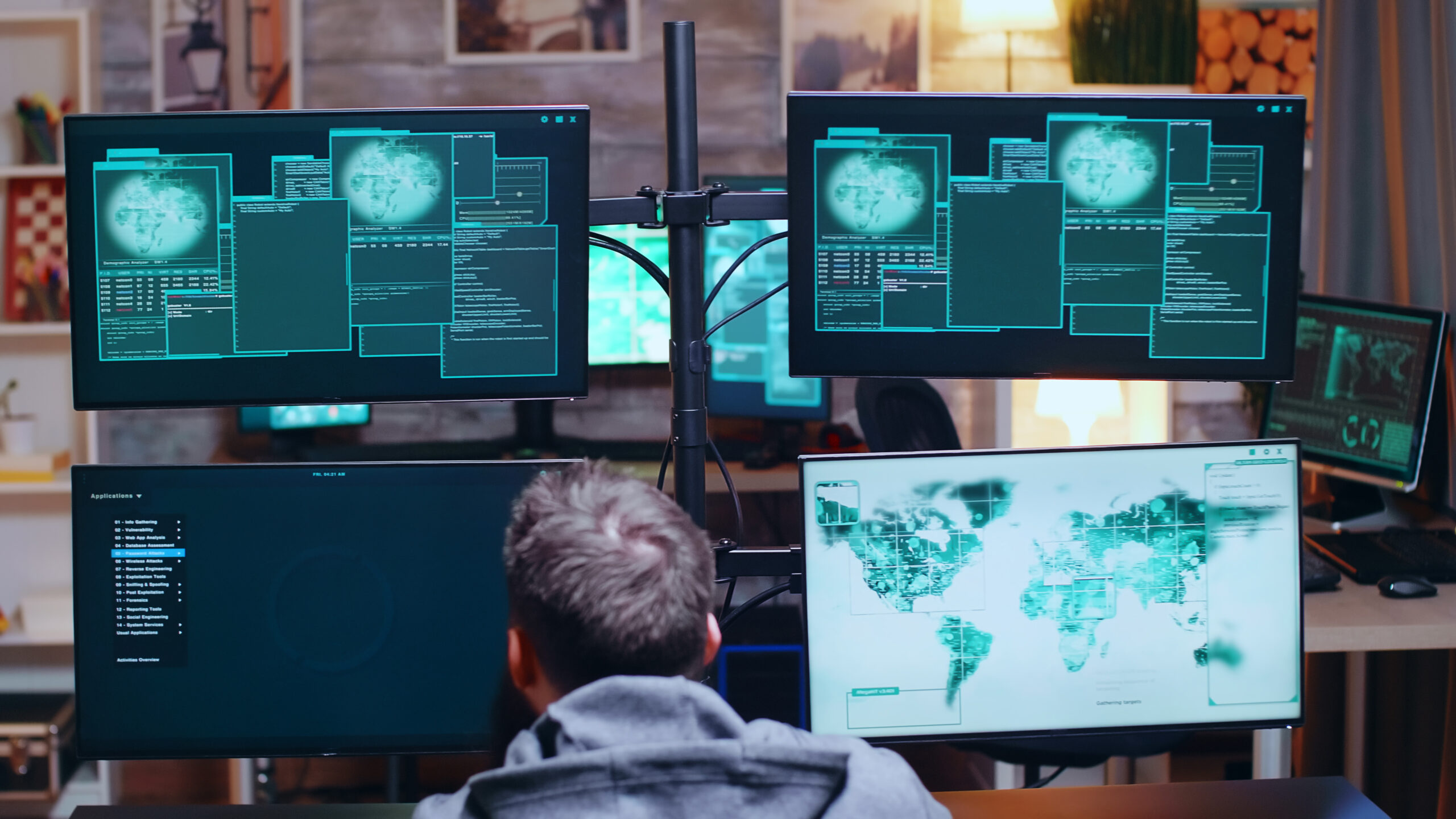In today’s digital world, cybercrimes are becoming more sophisticated, ranging from financial fraud and identity theft to data breaches and cyberterrorism. As digital threats evolve, the demand for skilled professionals in digital forensics and cybersecurity is at an all-time high.
Digital forensics plays a crucial role in cybercrime investigations by analyzing digital evidence, recovering lost data, and tracing cybercriminal activities. This field combines advanced technical skills with investigative techniques to help law enforcement agencies, corporations, and government organizations combat cyber threats.
How Digital Forensics Helps Solve Cybercrimes
1. Identifying Cybercriminals and Their Activities
Cybercriminals often try to erase their digital footprints, but forensic experts use specialized tools to recover deleted files, analyze internet activity, and track unauthorized access. Digital forensics helps trace hackers, fraudsters, and malicious insiders by examining logs, emails, and encrypted files.
2. Investigating Data Breaches and Financial Frauds
Digital forensics is critical in identifying the source of data leaks and financial fraud. By analyzing compromised systems and network activity, forensic experts can determine how an attack happened, what data was stolen, and who was responsible.
3. Recovering Deleted or Corrupted Data
Whether it’s a criminal trying to destroy evidence or an organization losing critical information due to a ransomware attack, digital forensics helps recover lost, deleted, or corrupted data, ensuring that key evidence is not lost.
4. Strengthening Cybersecurity Measures
Beyond solving crimes, digital forensics helps prevent future attacks. By identifying vulnerabilities and understanding attack patterns, cybersecurity professionals can develop stronger security protocols to protect individuals and organizations.
Career Opportunities in Digital Forensics and Cybersecurity
The increasing number of cyber threats has created a high demand for cybersecurity and digital forensics experts in India. Some of the top career paths include:
- Cybercrime Investigator – Assisting law enforcement in solving cybercrimes.
- Digital Forensic Analyst – Analyzing electronic evidence for criminal cases.
- Cybersecurity Consultant – Advising organizations on data protection strategies.
- Incident Response Specialist – Managing and mitigating cyberattacks.
- Ethical Hacker – Identifying security weaknesses in computer systems.
The job market for cybersecurity and digital forensics professionals in India is expanding rapidly, with top employers including government agencies, financial institutions, IT companies, and law enforcement.
Why Choose a B.Voc in Cybersecurity & Digital Forensics?
A Bachelor of Vocation (B.Voc) in Cybersecurity & Digital Forensics is one of the best pathways to enter this growing field. Unlike traditional degrees, this program focuses on hands-on learning, real-world case studies, and industry-relevant skills.
Students enrolled in the B.Voc in Cybersecurity & Digital Forensics program at Shree LR Tiwari College of Engineering benefit from:
- Industry-focused curriculum designed to meet cybersecurity job market demands.
- Practical training in digital forensics investigation tools and techniques.
- Internships and live projects with leading cybersecurity firms.
- Expert faculty with experience in cybercrime investigations.
Start Your Career in Cybersecurity and Digital Forensics
With cyber threats on the rise, professionals trained in digital forensics and cybersecurity are in high demand. Whether you’re passionate about investigating cybercrimes or protecting digital assets, pursuing a B.Voc in Cybersecurity & Digital Forensics can open doors to a rewarding and high-paying career.
If you’re looking for top digital forensics courses in Maharashtra, consider Shree LR Tiwari College of Engineering’s program for expert-led training and real-world exposure.


Leave a Reply